
Featured Projects
The EERC is unique. Through field demonstration, we focus on moving technologies out of the laboratory and into the commercial marketplace. The ultimate goal is to work in partnership with clients to develop, refine, demonstrate, and commercialize marketable products that provide practical solutions to real-world challenges.
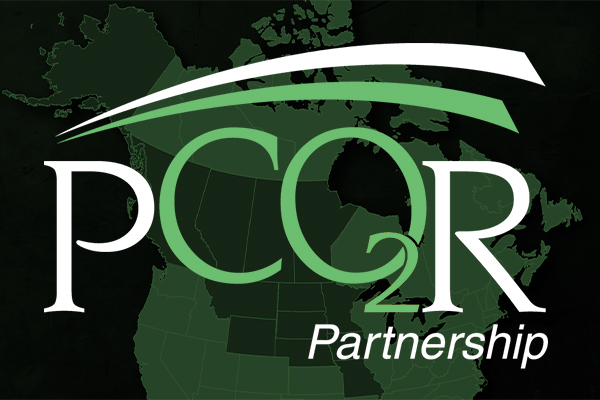
The PCOR Partnership is one of seven Regional Carbon Sequestration Partnerships (RCSPs) awarded by DOE. With over 120 stakeholders, it is laying the groundwork for permanent, safe, and practical underground storage of CO2 from industrial facilities in the PCOR Partnership region.
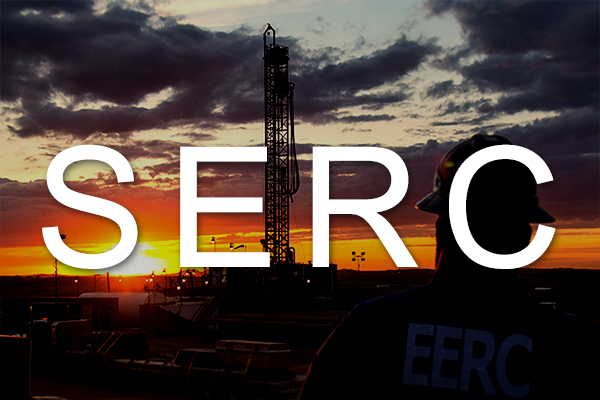
The EERC is designated the State Energy Research Center (SERC) for North Dakota. This designation is a platform for exploratory research and development of impactful technologies for North Dakota and is driven by the state’s current and future needs, challenges, and opportunities.
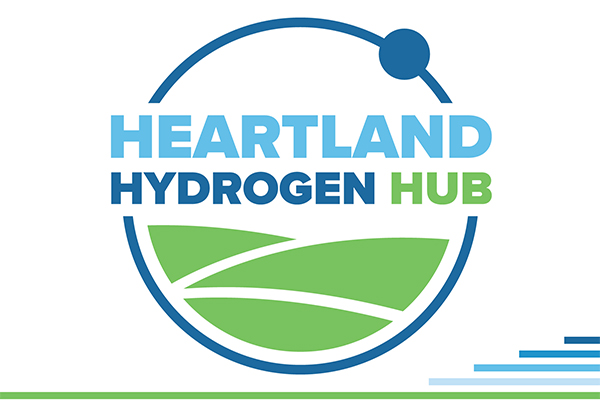
The Heartland Hydrogen Hub (HH2H) is a collaborative initiative that will produce low-carbon hydrogen; decarbonize regional supply chains; and create clean energy jobs across North Dakota, South Dakota, Minnesota, Montana, Wisconsin, and Colorado.
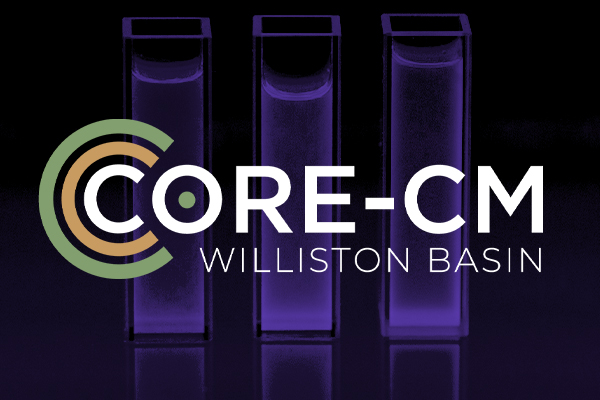
The Williston Basin CORE-CM (WB CORE-CM) project is focused on future expansion and transformation of Williston Basin coal use to include the production of rare earth elements (REEs), critical minerals (CMs), and nonfuel carbon-based products.
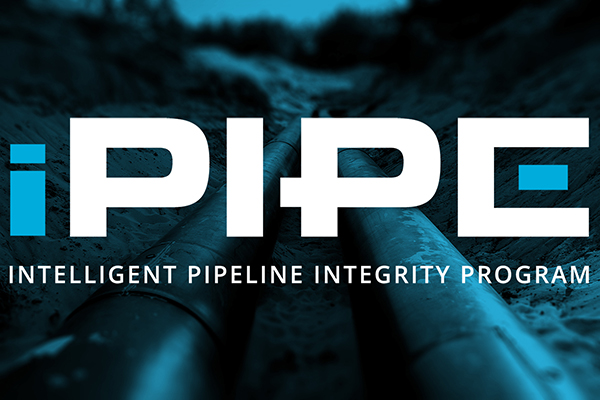
The Intelligent Pipeline Integrity Program (iPIPE) is an industry-led consortium whose focus is to contribute to the advancement of near-commercial, emerging technologies to prevent and detect leaks from gathering pipelines.
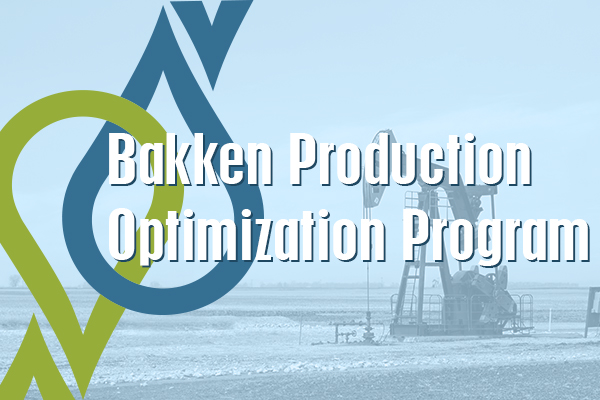
The goal of BPOP is to work in partnership with clients to improve Bakken system oil recovery and reduce its environmental footprint.
Additional Research Projects
CO2 Storage from Ethanol
Richardton CCS, LLC and the EERC began investigating CCUS as a way to reduce the carbon dioxide emissions associated with ethanol production. RTE now begins decades of monitoring and reporting as the systems are optimized.
Low-Pressure Electrolytic Ammonia Production
The goal of this project was to develop a low-pressure electrolytic ammonia (LPEA) production process that enabled commercially competitive ammonia production in small-scale plants powered by renewable and/or lower-cost off-peak electricity generated at coal/gas-fired utilities.
Brine Extraction and Storage Test
The BEST project is testing the application of active reservoir management (ARM) strategies that have the potential to improve the safety, techno-economic performance, and management of water disposal and geologic CO2 and gas storage.
CarbonSAFE
CarbonSAFE is assessing the feasibility of commercial-scale geologic storage of carbon dioxide to manage CO2 emissions captured from coal-based energy facilities.
Project Tundra
Our research in carbon capture, utilization, and storage informed Project Tundra, which will assess the final barriers relating to efficiency and economics for implementation of postcombustion capture on the existing fleet of power systems.
Water Minimization
The EERC is working with the U.S. Department of Energy and a variety of corporate partners to reduce the water used in power systems.
For More Information or to Become a Partner:

